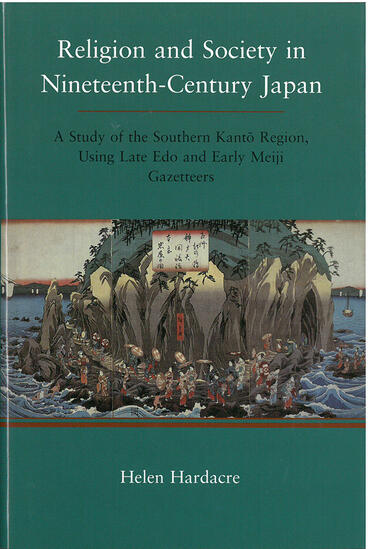Religion and Society in Nineteenth-Century Japan
A Study of the Southern Kanto Region, Using Late Edo and Early Meiji Gazetteers
A detailed analysis of the structure of nineteenth-century Japanese religious institutions
Description
Religion and Society in Nineteenth-Century Japan offers extensive analysis of the institutional structure of Buddhist temples and Shinto shrines in the late Edo period as well as the transformation of this structure in the Meiji period. The book details the economic basis of institutional religions, the relative roles and strengths of various Buddhist sects, and the ritualization of silk farming.Using local geographies of the Kanto region as a basis for her study, Helen Hardacre presents a statistical portrait of the religious institutions in Kōza County of Sagami Province and the Western Tama area of Musashi Province in the years from roughly 1830 to 1840. She then interprets this data to provide the social setting for these religious institutions by overviewing the legal framework governing religious institutions during the Edo period as well as case studies of four significant religious sites in the survey area. The dynamics of the institutional organization of these four sites are analyzed, with attention to the relations among temples and shrines and to the development of the shrine priesthood. This analysis is further supplemented with a discussion of popular religious life centering on the temples and shrines of the survey area at the end of the Edo period.
Helen Hardacre is Reischauer Institute Professor of Japanese Religions and Society, Harvard University. She is the author of Shinto and the State, 1868–1988, Kurozumikyo and the New Religions of Japan, and other works on Japanese religions.

